Half Moon Bay, Antigua
At the southeastern end of Antigua, tranquil Half Moon Bay is fringed by one of the Caribbean's best beaches. Protected by a reef, this idyllic crescent of fine white sand and azure sea, backed by natural foliage, offers excellent snorkeling on calm days. When the wind is up, the surf can be rough. A small restaurant serves snacks just off the beach. Note that the beach is difficult to find, so a GPS will come in handy.
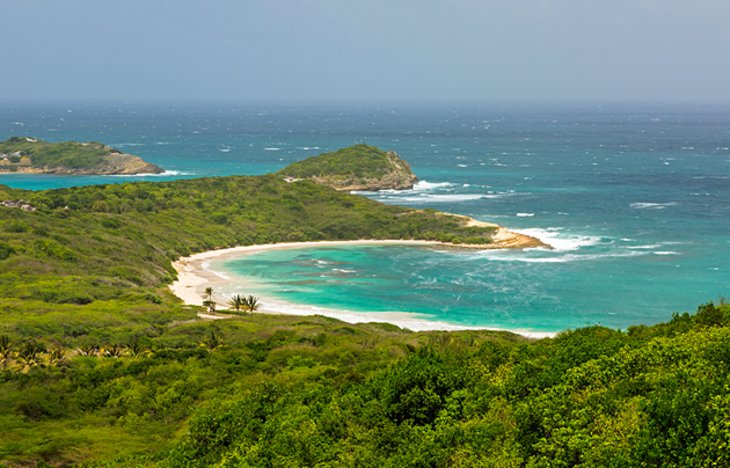
17 Mile Beach, Barbuda
Those who stroll Barbuda's 17 Mile Beach, will probably never see a more ravishing stretch of sand, nor another footprint. Lapped by pale aqua seas, this stunning stretch of pink-tinged sand separates the Barbuda lagoon from the Caribbean Sea, and pleases even the most jaded beach connoisseurs. Facilities are few, if non-existent, so you should bring your own supplies.
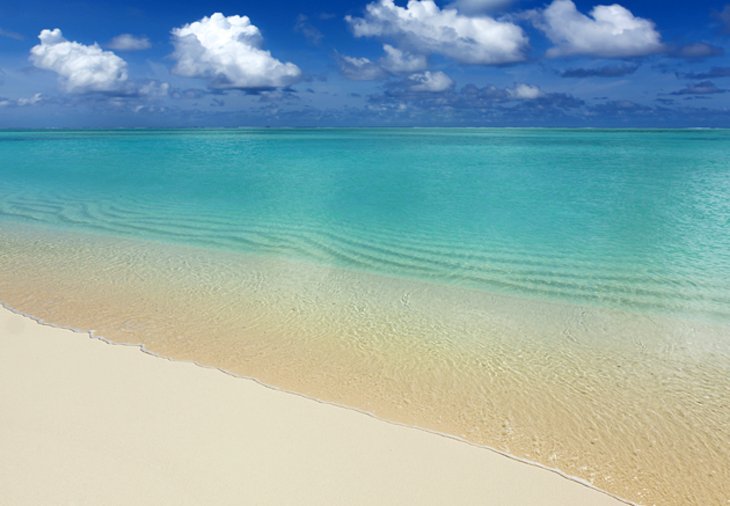
Nelson's Dockyard National Park, Antigua
One of Antigua's most popular tourist attractions, Nelson's Dockyard National Park, in English Harbour, is home to Antigua's former 18th-century British Naval Dockyard (inscribed on UNESCO's World Heritage List in July, 2016) as well as restored historic buildings and some of the island's best nature trails. Nelson's Dockyard is the only continuously operating Georgian dockyard in the world. The restored marina, with beautiful old stone warehouses, encompasses hotels, restaurants, shops, galleries, and museums.
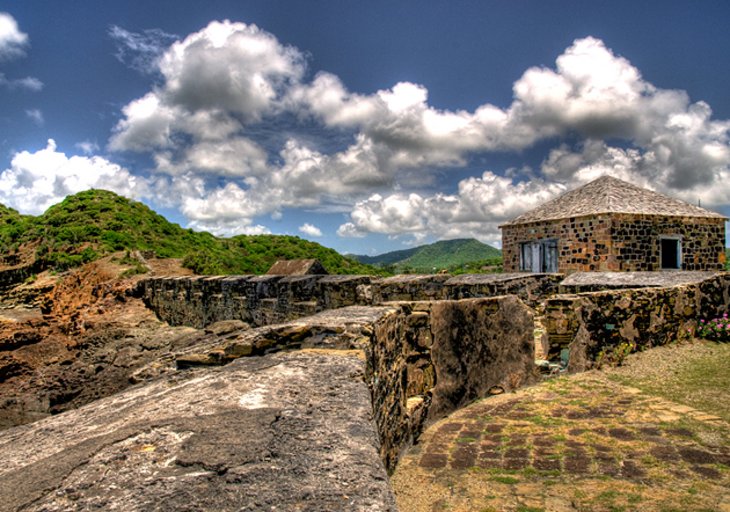
Dickenson Bay, Antigua
In the far north of Antigua, Dickenson Bay is one of the most popular tourist destinations on the island. Fronted by a long stretch of white sand beach lined with resorts and alfresco restaurants, the bay is great for swimming and offers the spectrum of water sports. Activity booths are sprinkled along the beach. The bay is also the hub for Antigua's windsurfing scene.
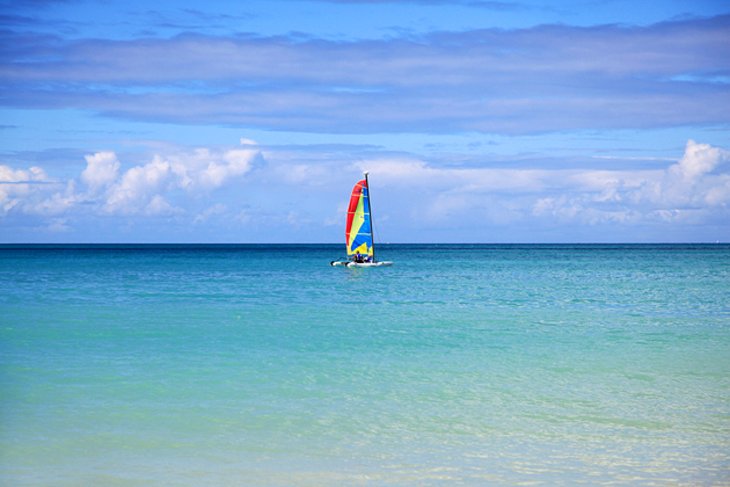
St. John's City, Antigua
St. John's, the capital city and cruise ship port of Antigua and Barbuda, is a kaleidoscope of candy-hued colonial cottages and market stalls piled high with tropical fruits and flowers. Looming above the skyline are the white neo-Baroque towers of St. John's Cathedral, one of the city's most distinctive buildings. It is currently undergoing a thorough restoration. For an overview of the island's history, head to the Museum of Antigua and Barbuda in the 18th-century former Court House. Shopping is also excellent in St. John's. Duty-free shops abound at Heritage Quay, souvenir stalls beckon from touristy Redcliffe Quay, and the lively harborside public markets are the place to be on Fridays and Saturdays. For city and harbor views visit the ruins of 18th-century Fort James and Fort Barrington, built to protect St. John's from the French.
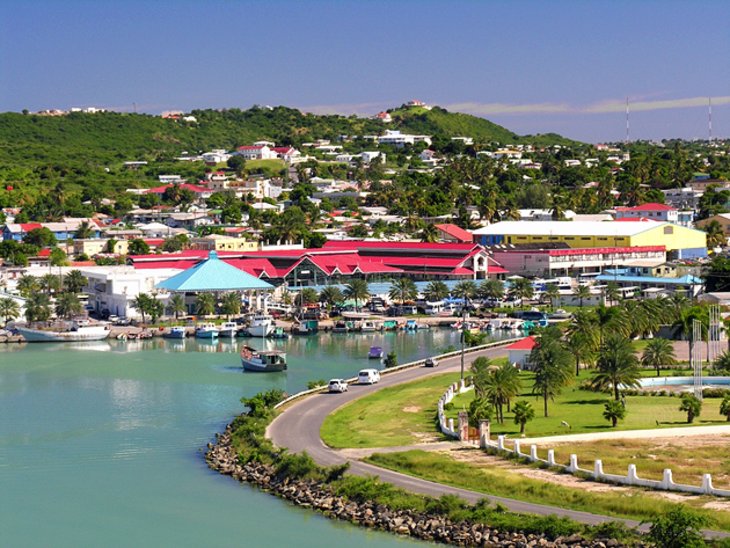
Devil's Bridge: Indian Town National Park, Antigua
Along the rugged northeast coast, the dramatic scenery of Indian Town National Park features the natural limestone Devil's Bridge, sculpted over the centuries by the pounding surf. At high tide, waves force geysers of water through blowholes in the nearby rock.
The park also offers some rewarding hikes and excellent birding. More than 36 avian species roost in the park among the acacia trees, while the eastern point of the park is believed to have been an Arawak campsite.
The park also offers some rewarding hikes and excellent birding. More than 36 avian species roost in the park among the acacia trees, while the eastern point of the park is believed to have been an Arawak campsite.

Museum of Antigua and Barbuda
The Museum of Antigua and Barbuda traces the history of these islands from their geological origins to political independence in 1981. Housed in the museum is a full-scale replica of an Arawak dwelling, as well as pottery, weaving, tools, and exhibits on the islands' different ecosystems. The museum is located in the former 18th-century Courthouse in St. John's.
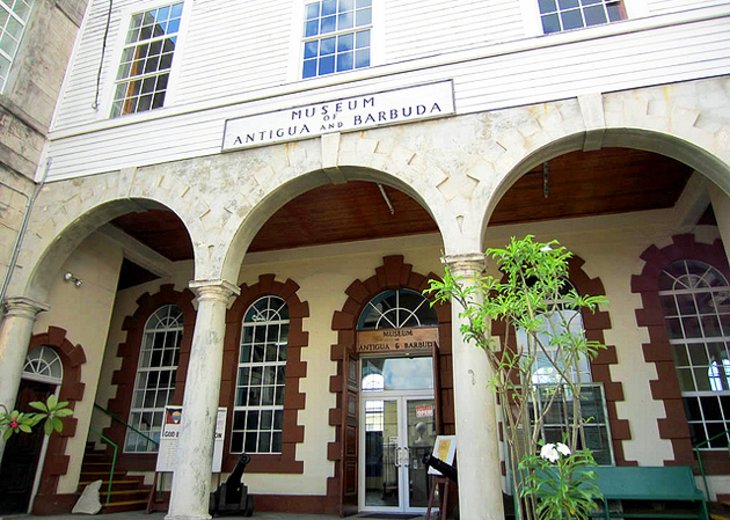
Fig Tree Drive
Along Antigua's southern coast, Fig Tree Drive winds through rainforest, farmlands, and fishing villages. This picturesque drive offers a glimpse of local life. Banana trees (called "figs" by the locals), mango trees, and coconut palms dot the landscape, as well as the ruins of sugar mills. Look for the roadside stands selling fresh-picked fruit. Along the route, the Fig Tree Studio Art Gallery sells vibrant local art and zipline rainforest tours are nearby.
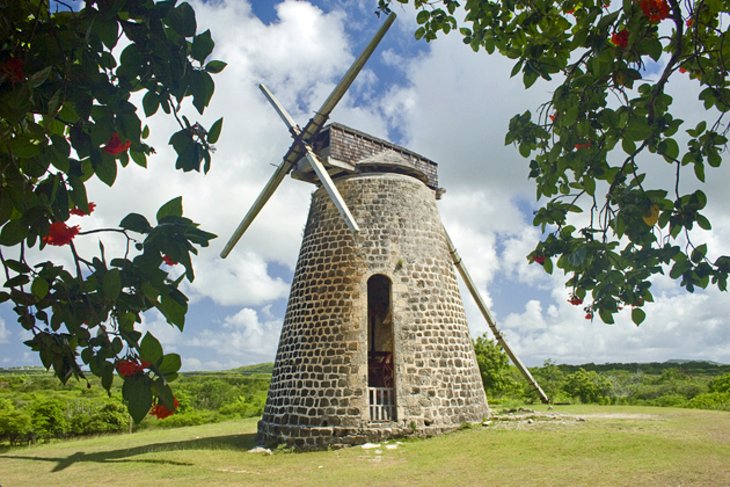
Frigate Bird Sanctuary, Barbuda
Barbuda's Frigate Bird Sanctuary is a haven for birders. Accessible only by boat, the bird sanctuary lies in Barbuda's northwest lagoon and is home to one of the largest nesting colonies of frigate birds in the Caribbean. These large sea birds are known for their bright red gullets and one-and-a-half meter wingspan. The reserve also attracts about 150 other species of birds such as herons, cormorants, and pelicans.
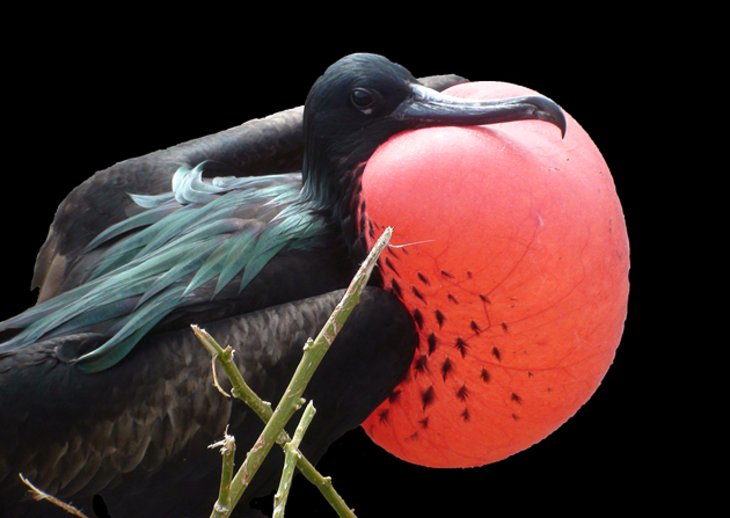
Darby Cave, Barbuda
Darby Cave, caused by dissolution of the limestone, is one of Barbuda's most intriguing natural features. Although it is often described as a cave, the site is actually a sinkhole more than 100 meters in diameter. In contrast to the dry surrounding brush, the lush vegetation flourishing inside resembles a rainforest with ferns, tall palmetto palms, and thick lianas lacing around the tree trunks. Many birds can be spotted amid the foliage. Dripping water has also created stalagmites under the overhang.
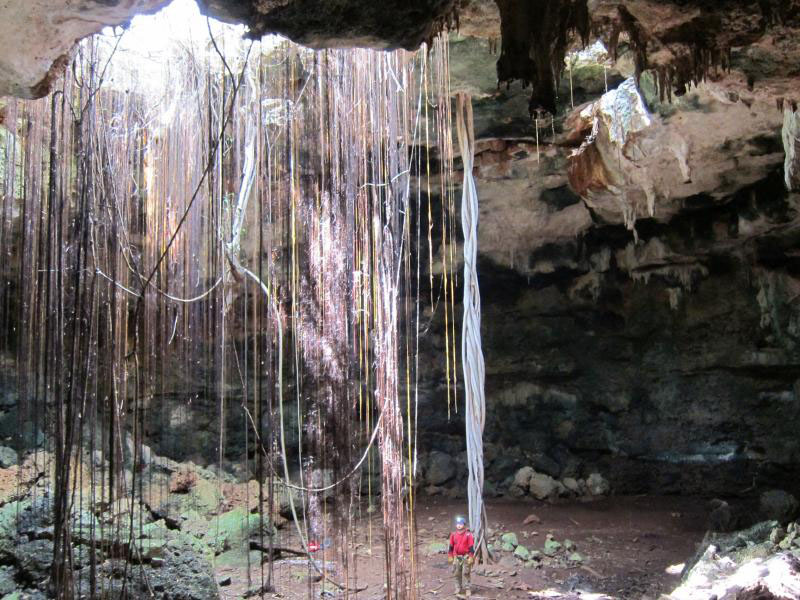
Martello Tower, Barbuda
On the beach at River, a few miles south of the village, Martello Tower (River Fort), was built by the British in the early 19th century on the site of a previous fort that was probably constructed by the Spanish. Today the thick stone walls and gun platform of this small defensive fort are mostly intact, and the ruins are attached to the remains of the previous fort. The tower is the highest building in Barbuda and an important landmark on the island.
